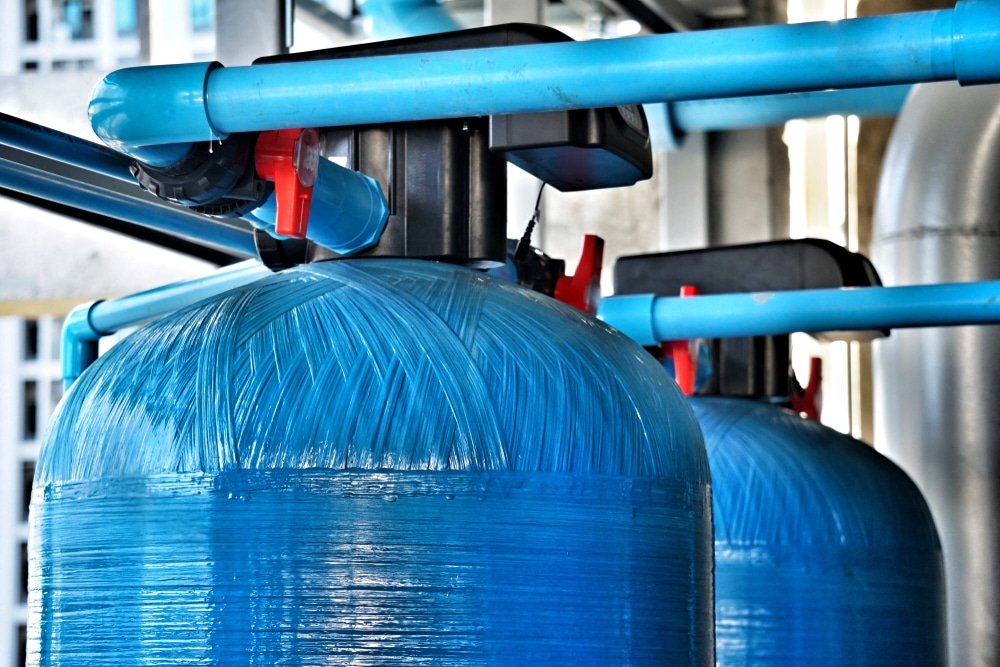Water softeners remove calcium and magnesium, minerals that cause hard water. Most require electricity to accomplish this task but those made by Kinetico – are non-electric.
Both types of water softening systems work. However, mechanical or non-electric softeners have a few advantages over their electric counterparts. Here’s what you need to know to choose the right system for your Utah home.
Water Softener Regeneration
To appreciate the difference between electric and mechanical water softeners, you need to understand how the systems regenerate.
As water is used, it passes through a bed of resin beads, which attract and attach to the calcium and magnesium ions. This process is what makes the water soft – but it doesn’t continue indefinitely. When the resin beads become unable to remove any more minerals, they need to be refreshed.
Regeneration works to refresh the resin beads and restores their ability to make soft water. Both electric and non-electric water softeners require regeneration, but the process is controlled differently.
How Electric Water Softeners Work
With an electric softening system, a microprocessor controls the regeneration process. The resin beads are refreshed at timed intervals, with the timing based on data that a technician inputs at the time of installation.
Timed control isn’t ideal for a few reasons. The softener may regenerate before the resin beads have been fully exhausted, which is wasteful. Or, the beads may need to be regenerated before the scheduled time – in that case, the water that flows out of the softener remains hard. Also, the moist conditions can create problems for the electronic microprocessor, leading to the need for repairs and shortening the equipment lifespan.
How Non-Electric Water Softeners Work
Non-electric softeners don’t regenerate at timed intervals. The regeneration process occurs automatically, in pace with the household demand. A meter measures the volume of water flowing through the system and refreshes the resin beads on an as-needed basis.
With a mechanical softening system, you won’t have to worry about reprogramming the unit if your household usage changes. You’ll always have soft water, and your softener will require very little maintenance. Plus, compared to electric systems, non-electric softeners use much less salt and have a significantly longer lifespan.
Would you like to learn more? Homeowners in Salt Lake City and the greater northern Utah area turn to Kinetico for innovative, high-quality softening systems at an affordable price. We offer free, no-obligation consultations, and we’d be happy to recommend products that meet your needs. To meet with a member of the Kinetico Utah team and get more details on our non-electric water softeners, visit our website or reach out to our office in Draper today.

